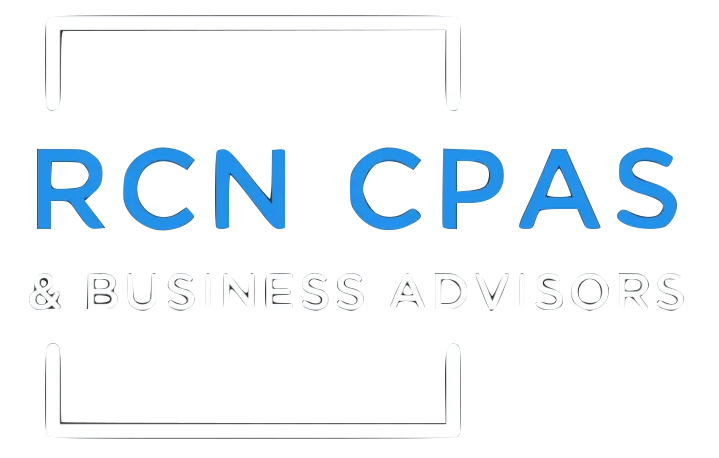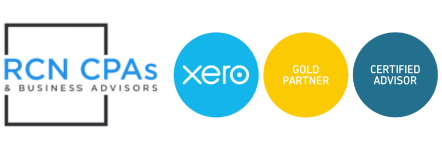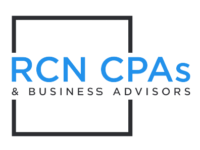How to Keep Track of Your Business Expenses

The success of your business goes beyond offering a great product or service; it requires you to be on top of every aspect of your business, especially your finances. As a business owner, you might be responsible for managing your bookkeeping. Maintaining accurate records can assist you in fine-tuning your budget, overseeing your financial gains and losses, and making well-informed choices about advancing your business.
We will explore a comprehensive guide on how to keep track of your business expenses effectively.
1. Set Up Dedicated Accounts
To ensure accuracy in your financial records, you should separate your personal and business finances.
Open a dedicated business bank account and credit card to streamline financial transactions. This helps simplify tracking.
2. Choose Tracking Software
There are numerous accounting software and apps available, ranging from basic options like Spreadsheet to more advanced tools like QuickBooks and Xero. Select a tool that suits your business’s complexity and your familiarity with accounting practices.
3. Capture All Receipts
Every business transaction should be accompanied by a receipt. Develop the habit of requesting, collecting, and storing receipts for all expenses, regardless of the amount. Physical receipts can be scanned and digitized using smartphone apps for safekeeping.
4. Categorize Your Expenses
Create a logical expense categorization system that aligns with your business structure. Common categories include office supplies, utilities, travel expenses, marketing, and employee salaries. Consistency in categorization allows for easier analysis of spending patterns.
5. Regularly Update Your Records
Frequent updates are vital to maintaining accurate records. Schedule time each week or month to input all your expenses into your chosen tracking tool. Timely updates reduce the risk of errors and ensure that you have an up-to-date overview of your financial health.
6. Automate Recurring Expenses
Set up automatic payments for recurring expenses like rent, utilities, and subscription services. Automation minimizes the chances of missing payments and helps you maintain a consistent cash flow projection.
7. Reconcile Bank Statements Regularly
Reconciliation involves comparing your recorded expenses with your bank and credit card statements. This process helps catch any discrepancies or errors and ensures that all expenses are accounted for.
8. Backup Your Data
Regularly back up your data to prevent loss in case of technological mishaps. Cloud storage solutions are secure and convenient for keeping your financial information safe.
9. Monitor and Analyze
Review your expenses periodically to identify spending trends and patterns. This analysis will help you make informed decisions about cost-cutting, investment, and strategic planning.
Disciplined expense tracking isn’t just about balancing the books—it’s about ensuring the growth and sustainability of your business.






